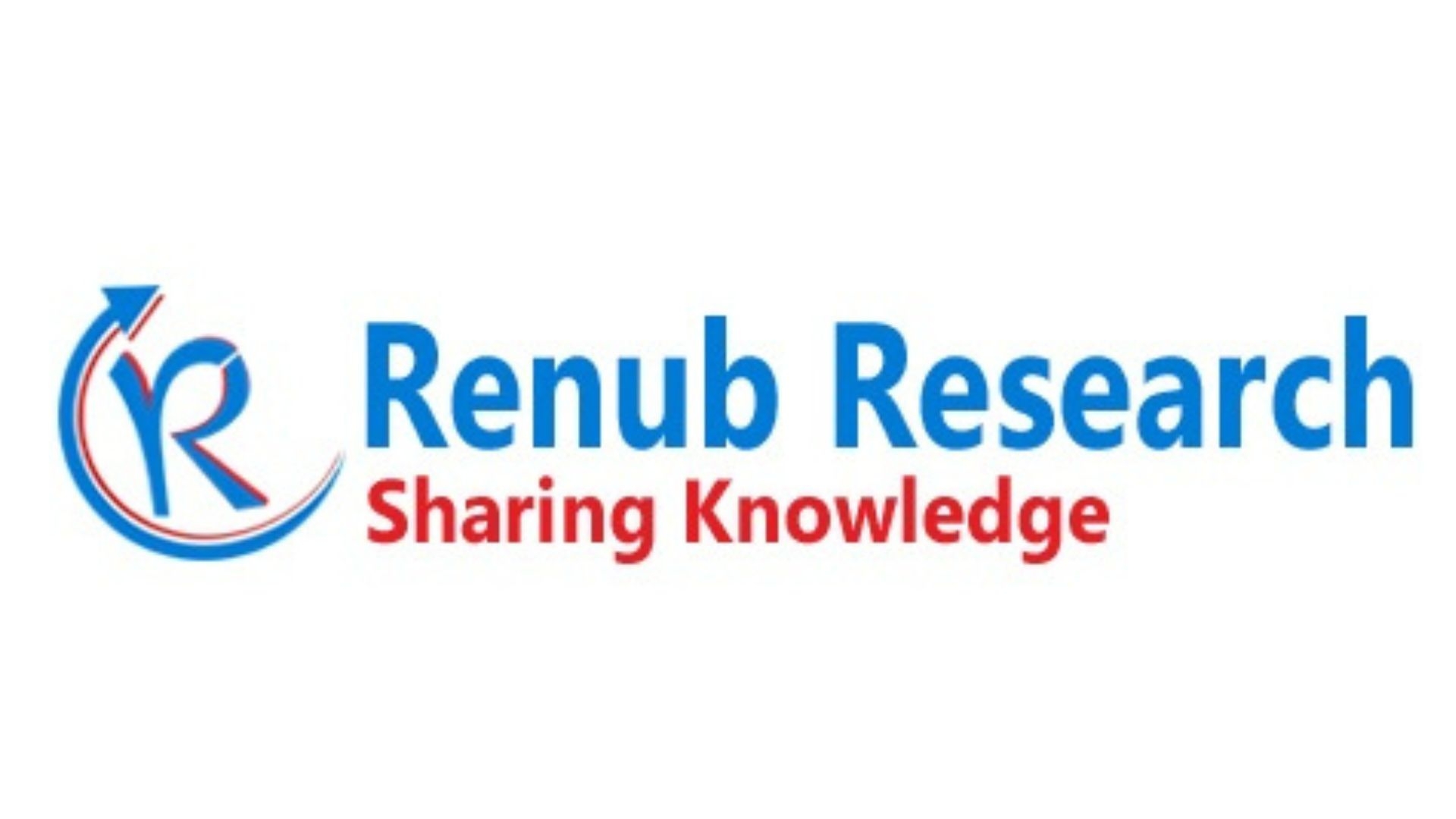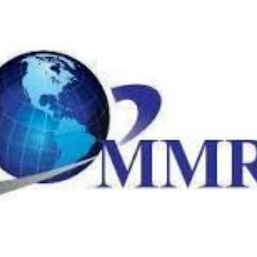Saudi Arabia Radio Frequency Components Market Size and Forecast (2025–2033)
According to Renub Research Saudi Arabia Radio Frequency (RF) Components Market is on a strong growth trajectory, rising from US$ 1.31 billion in 2024 to an estimated US$ 4.11 billion by 2033. This reflects an impressive CAGR of 13.53% during 2025–2033. The market’s growth is strongly driven by rapid advancements in telecommunications, the expansion of 5G networks, increasing adoption of IoT technologies, and broader digital transformation efforts across various industries under Vision 2030.
Saudi Arabia Radio Frequency Components Market Outlook
Radio Frequency components are essential hardware elements that enable wireless communication by supporting the transmission and reception of radio signals. These include antennas, filters, amplifiers, mixers, synthesizers, duplexers, and switches—each serving specific functions in communication systems. Operating across frequencies from 3 kHz to 300 GHz, RF components underpin modern wireless technologies such as mobile networks, Wi-Fi, radar systems, satellite communication, and broadcasting.
In Saudi Arabia, demand for high-performance RF components has grown substantially due to the rise of smart devices, interconnected applications, and the expansion of next-generation networks. As the Kingdom moves toward smart cities, intelligent transport systems, and advanced industrial automation, RF components remain at the heart of seamless, low-latency communication infrastructure. Simultaneously, sectors such as automotive, consumer electronics, government communications, and defense increasingly depend on reliable RF technologies.
With rapid digital adoption and strong government backing, RF components will continue to play a foundational role in the country's technological evolution.
Key Growth Drivers in the Saudi Arabia RF Components Market
Accelerated 5G Rollout and Telecom Expansion
Saudi Arabia is one of the pioneers of 5G deployment in the Middle East, and this rapid rollout is a primary driver of RF component demand. Telecom companies are ramping up investments to support higher speeds, broader coverage, and low-latency applications in line with Vision 2030 targets. High-performance RF modules—such as filters, switches, duplexers, and power amplifiers—are integral to the functioning of 5G infrastructure.
Consumer and enterprise demand for high-speed connectivity, mobile video streaming, and IoT services further boosts consumption of RF components.
Example: In June 2025, Zain KSA launched 5G Standalone on the 600 MHz band in Riyadh and Jeddah, enhancing the Kingdom’s coverage and enabling advanced capabilities like Voice over New Radio (VoNR) and enterprise-grade network slicing.
Increasing Consumer Electronics Demand
Saudi Arabia has one of the highest smartphone penetration rates globally, supported by a young, tech-savvy population. This drives strong demand for RF components embedded in smartphones, tablets, wearables, gaming devices, and connected home products. Every new generation of electronics requires more complex RF architectures to support multi-band communication, Wi-Fi 6, Bluetooth 5.x, and enhanced data speeds.
E-commerce growth also fuels electronics consumption, increasing imports of devices and boosting RF component utilization within the Kingdom.
Example: In July 2025, Apple expanded its presence by launching an Arabic-enabled online Apple Store, giving Saudi consumers access to the full product lineup and localized support.
Government Investments in Smart Infrastructure
Saudi Arabia’s Vision 2030 agenda places strong emphasis on digital modernization and smart infrastructure. Mega-projects such as NEOM, Qiddiya, and The Red Sea Project incorporate large-scale wireless communication networks, IoT systems, autonomous mobility, and smart homes—all requiring sophisticated RF solutions.
Smart grids, intelligent transportation, and industrial digitalization depend on RF antennas, filters, and transceivers capable of managing interference-free communication across wide geographies.
The government’s push for Public–Private Partnerships (PPPs), with 200+ projects launched across 17 sectors, further accelerates RF adoption in utility, healthcare, energy, and logistics networks.
Request a free sample copy of the report:https://www.renub.com/request-sample-page.php?gturl=saudi-arabia-radio-frequency-components-market-p.php
Key Challenges in the Saudi Arabia RF Components Market
High Import Dependence and Supply Chain Limitations
Saudi Arabia remains heavily reliant on international suppliers for advanced RF technologies. As a result, the market faces risks related to shipping delays, semiconductor shortages, geopolitical tensions, and currency fluctuations. Limited local manufacturing capacity increases costs and restricts flexibility. Although initiatives to localize electronics production are under way, developing a domestic RF ecosystem requires significant capital, expertise, and R&D capabilities.
Rapid Technological Obsolescence
The RF industry is characterized by continuous innovation. With emerging standards like Wi-Fi 6E, 5G Standalone, and eventually 6G, RF components must evolve quickly. Existing solutions can become outdated within a few years, placing financial pressure on telecom operators, defense organizations, and manufacturers. Smaller firms struggle to keep up with global technological advancements, creating a barrier to local competitiveness.
Market Analysis by Component Type
Saudi Arabia RF Filters Market
RF filters are essential for maintaining signal clarity by blocking unwanted frequencies. Their importance rises with the increased adoption of multi-band smartphones, 5G base stations, and military communication systems. As Saudi Arabia accelerates smart city initiatives and advanced IoT deployments, the need for precision filters grows. While local production remains limited, demand is expected to surge due to telecom upgrades, consumer electronics expansion, and aerospace applications.
Saudi Arabia RF Duplexers Market
Duplexers are vital for simultaneous signal transmission and reception, supporting multi-band communication for 4G and 5G networks. Saudi Arabia’s expanding telecom networks, high smartphone usage, and defense applications—such as radar and satellite communications—drive duplexer demand. The challenge lies in achieving miniaturization while maintaining high performance for compact devices, but the need for duplexers remains strong across both consumer and industrial applications.
Saudi Arabia RF Switches Market
RF switches direct high-frequency signals across communication channels and are widely used in telecom infrastructure, smartphones, IoT devices, automotive electronics, and aerospace. The rollout of 5G networks has significantly increased demand for wide-band, high-speed RF switches. As connected vehicles and advanced infotainment systems grow, automotive RF switch consumption will also rise. However, high technical complexity and dependence on global suppliers remain key challenges.
Saudi Arabia Automotive RF Components Market
The automotive industry is rapidly incorporating RF technologies to support advanced driver-assistance systems (ADAS), V2X communication, GPS navigation, and in-car infotainment. With growing adoption of electric and smart vehicles in Saudi Arabia, RF components such as antennas, filters, amplifiers, and switches are increasingly essential. Vision 2030’s mobility initiatives and rising investments in autonomous transport solutions will continue to drive RF adoption in automotive applications. Nonetheless, high manufacturing costs and import dependence pose constraints.
Saudi Arabia Military RF Components Market
RF components play a critical role in Saudi Arabia’s defense modernization plans. The country’s significant defense expenditure supports procurement of systems such as radar platforms, satellite communication devices, surveillance systems, and secure tactical communication. The integration of RF modules into drones, electronic warfare systems, and border security infrastructure further amplifies demand. Vision 2030’s focus on expanding local defense manufacturing creates long-term opportunities, although reliance on foreign defense suppliers persists.
Regional Market Insights
Riyadh RF Components Market
As the Kingdom’s administrative and economic hub, Riyadh accounts for the largest share of RF component consumption. High population density, advanced telecom infrastructure, and active smart city initiatives contribute to strong demand. The city is also central to defense procurement and technology R&D.
Example: Zain KSA and Huawei launched the Riyadh Antenna Platform, a pioneering solution customized for Saudi Arabia’s telecom environment.
Jeddah RF Components Market
Jeddah serves as Saudi Arabia’s commercial gateway, supported by robust logistics and trade operations. High rates of smartphone usage, strong consumer electronics sales, and rapid telecom upgrades make Jeddah a fast-growing RF market. The city’s economic diversification efforts and rising smart-infrastructure investments ensure sustained RF component demand.
Market Segmentation
By Product
· Filters
· RF Amplifiers
· RF Switches
· Modulators & Demodulators
· Duplexers
· Mixers & Synthesizers
· Others
By Application
· Consumer Electronics
· Automotive
· Military
· Wireless Communication
· Others
By State
· Dhahran
· Riyadh
· Khobar
· Jeddah
· Dammam
· Others
Company Coverage (5-Viewpoint Analysis)
Each company includes:
Overview • Key Person • Recent Developments • SWOT Analysis • Revenue Analysis
Key Players
· Analog Devices, Inc.
· Broadcom Inc.
· Fujitsu Limited
· Gotmic AB
· IQE plc
· Knowles Corporation
· MACOM Technology Solutions Holdings, Inc.
· Marki Microwave, Inc.







